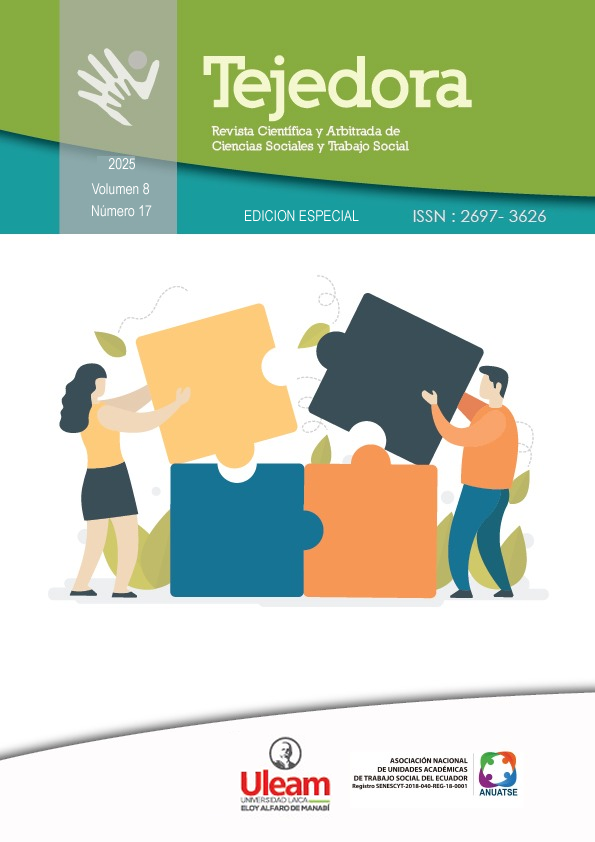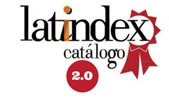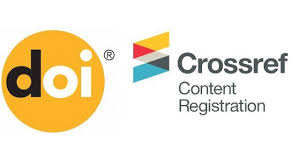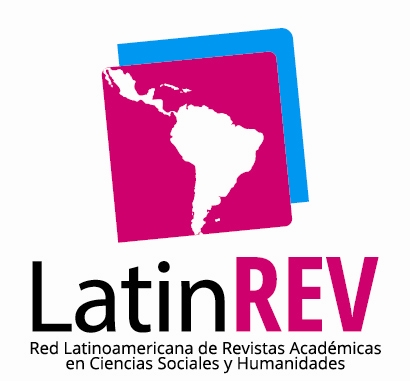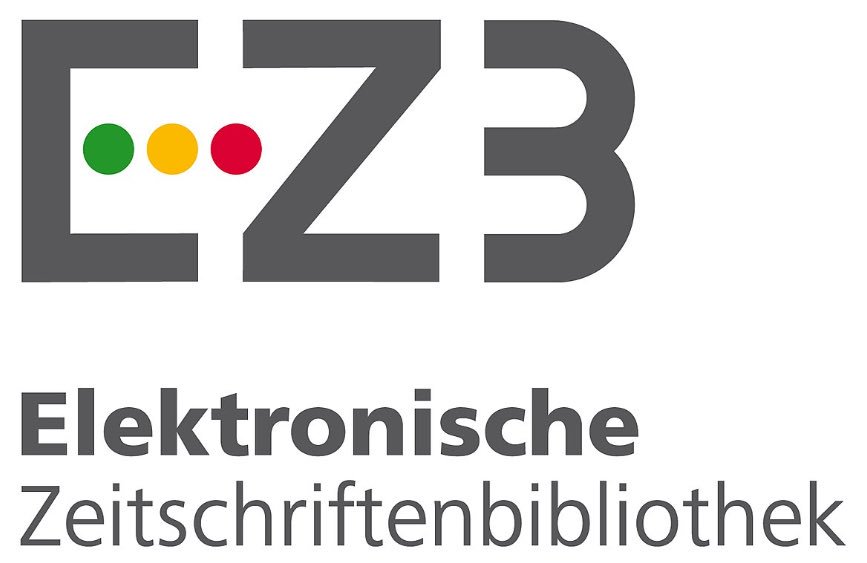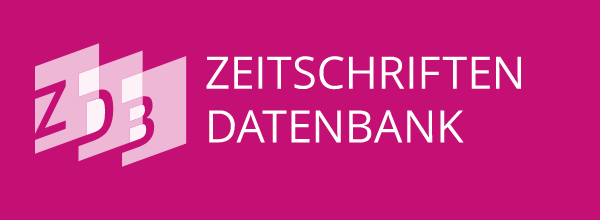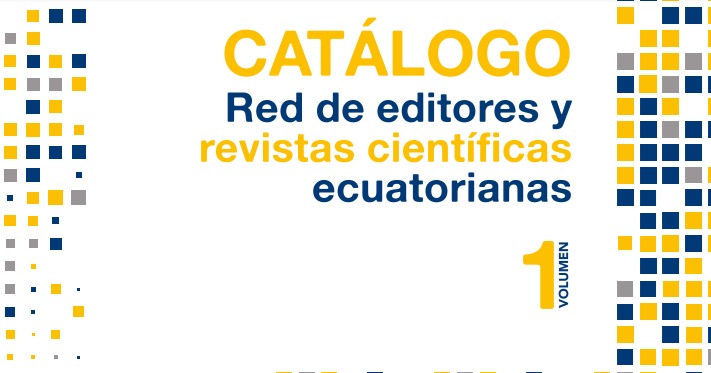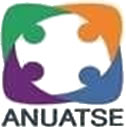IMPULSIVIDAD Y USO DE TECNOLOGÍAS DE LA INFORMACIÓN EN ADOLESCENTES DE SAN FRANCISCO DE ÓNZOLE, ESMERALDAS
DOI:
https://doi.org/10.56124/tj.v8i19.044Palabras clave:
Adolescencia, Impulsividad, Tecnologías de la InformaciónResumen
Durante la adolescencia, la impulsividad representa un factor clave en la desregulación emocional y puede favorecer el uso problemático de las Tecnologías de la Información y la Comunicación (TIC). Este estudio tuvo como objetivo analizar la relación entre la impulsividad y el uso excesivo de TIC en una muestra de 150 adolescentes (edad media = 15.4 años) de la Unidad Educativa San Francisco de Ónzole, Esmeraldas. El diseño fue transversal, cuantitativo y de alcance descriptivo-correlacional. Se aplicaron la Escala de Impulsividad de Barratt (BIS-11) y el cuestionario MULTICAGE-TIC. Los resultados evidenciaron que la impulsividad cognitiva se asocia significativamente con la impulsividad motora, la impulsividad no planeada y el uso de mensajería instantánea. Asimismo, se observó mayor prevalencia de conductas impulsivas y uso de TIC en mujeres, destacando el uso de internet (24.7%), teléfono móvil (22.7%) y redes sociales (20.7%). Estos hallazgos resaltan la importancia de implementar programas preventivos centrados en el desarrollo de habilidades de autorregulación y el uso responsable de la tecnología durante la adolescencia.
Descargas
Citas
Casa Casa, A. P., & Tobar Viera, A. (2023). Propiedades psicométricas de la escala de impulsividad de Barratt en adolescentes ecuatorianos: Psychometric properties of the Barratt impulsivity scale in Ecuadorian adolescents. LATAM Revista Latinoamericana De Ciencias Sociales Y Humanidades, 4(2), 2335–2351. https://doi.org/10.56712/latam.v4i2.761
Chahín, N. (2018). Revisión de las características psicométricas de la escala Barratt de impulsividad (BIS) a través de su historia: desde sus orígenes hasta la actualidad. Psicología desde el Caribe, 32(2), 315-326. https://www.redalyc.org/pdf/213/21341030009.pdf
Díaz, A., Maquilón, J., & Mirete, A. (2020). Uso desadaptativo de las TIC en adolescentes: Perfiles, supervisión y estrés tecnológico. Revista Comunicar, 64, 1-13.
Flores, V., Ponce, Á., Velasteguí, D., & Vásquez, F. (2022). Impulsividad en base a estudio de género. Estudio en población universitaria. Ciencia Latina Revista Científica Multidisciplinar, 6(2), 1-13. https://doi.org/10.37811/cl_rcm.v6i2.2065
Pedrero, E., Ruiz, J., Rojo, G., Llanero, M., Pedrero, J., Morales, S., & Puerta, C. (2018). Tecnologías de la Información y la Comunicación (TIC): uso problemático de Internet, videojuegos, teléfonos móviles, mensajería instantánea y redes sociales mediante el MULTICAGE-TIC. Adicciones, 30(1), 19-32. doi:doi: 10.20882/adicciones.8
Salvo, L., & Castro, A. (2013). Confiabilidad y validez de la escala de impulsividad de Barratt (BIS-11) en adolescentes. Revista chilena de neuro-psiquiatría, 51(4), 245-254. doi:https://dx.doi.org/10.4067/S0717-92272013000400003
The jamovi project (2023). jamovi. (Version 2.4) [Computer Software]. Retrieved from https://www.jamovi.org.
Tobar, A., & Guamán, A. (2023). Funcionalidad familiar y adicción al internet en adolescentes. (Tesis de pregrado). Universidad Técnica de Ambato, Ambato. https://repositorio.uta.edu.ec/handle/123456789/38597
Galván, G., Guerrero-Martelo, M., Fernández Hermida, J. R., Vásquez de la Hoz, F. J., Arias Castro, C. C., Álvarez Quiróz, G. B., Salas Navarro, L. V., & Castillo Gómez, M. E. (2024). Alcohol use and self-reported and behavioral impulsivity in Colombian adolescents [Uso de alcohol e impulsividad autoinformada y comportamental en adolescentes colombianos]. Revista Colombiana de Psiquiatría. https://doi.org/10.1016/j.rcp.2023.12.003
Muñoz-Miralles, R., Ortega-González, R., López-Morón, M. R., Batalla-Martínez, C., Manresa, J. M., Montellà-Jordana, N., Chamarro, A., Carbonell, X., & Torán-Monserrat, P. (2016). The problematic use of Information and Communication Technologies (ICT) in adolescents by the cross-sectional JOITIC study. BMC Pediatrics, 16(1), Article 140. https://doi.org/10.1186/s12887-016-0674-y
Pedrero-Pérez, E. J., Mora-Rodríguez, C., Rodríguez-Gómez, R., Benítez-Robredo, M. T., Ordoñez-Franco, A., González-Robledo, L., & Méndez-Gago, S. (2019). Prefrontal symptoms associated with the problematic use of information and communication technologies (ICTs) in adolescents. Behavioral Psychology / Psicología Conductual, 27(2), 257–273.
Kuem, J., & Ray, S. (2021). Personality antecedents and consequences of internet addiction vis-à-vis internet habit: A theory and an empirical investigation. Information Systems Frontiers. https://doi.org/10.1007/s10796-021-10110-2
Dadandı, İ., & Kalyon, A. (2024). Impulsivity and problematic smartphone use: Mediating role of self-handicapping. Behaviour and Information Technology. https://doi.org/10.1080/0144929X.2024.2313705
Guo, Z., Liang, S., Ren, L., Yang, T., Qiu, R., He, Y., & Zhu, X. (2022). Applying network analysis to understand the relationships between impulsivity and social media addiction and between impulsivity and problematic smartphone use. Frontiers in Psychiatry, 13, Article 993328. https://doi.org/10.3389/fpsyt.2022.993328
Pedrero Pérez, E. J., Morales Alonso, S., Gallardo Arriero, V., Blázquez Rollón, L., Folguera Expósito, I., & Ruiz Sánchez de León, J. M. (2022). The UPPS model of impulsivity in the abuse of Information and Communication Technologies (ICT). Adicciones, 34(3), 197–207. https://doi.org/10.20882/adicciones.1449
de la Villa Moral-Jiménez, M., & Fernández-Domínguez, S. (2019). Uso problemático de internet en adolescentes españoles y su relación con autoestima e impulsividad. Avances en Psicología Latinoamericana, 37(1), 103-119. https://doi.org/10.12804/revistas.urosario.edu.co/apl/a.5029
Cerniglia, L., Griffiths, M. D., Cimino, S., De Palo, V., Monacis, L., Sinatra, M., & Tambelli, R. (2019). A latent profile approach for the study of internet gaming disorder, social media addiction, and psychopathology in a normative sample of adolescents. Psychology Research and Behavior Management, 12, 651–659. https://doi.org/10.2147/PRBM.S211873
Romer D. (2010). Adolescent risk taking, impulsivity, and brain development: implications for prevention. Developmental psychobiology, 52(3), 263–276. https://doi.org/10.1002/dev.20442
Pérez de Albéniz Garrote, G., Rubio, L., Medina Gómez, B., & Buedo-Guirado, C. (2021). Smartphone abuse amongst adolescents: The role of impulsivity and sensation seeking. Frontiers in Psychology, 12, Article 746626. https://doi.org/10.3389/fpsyg.2021.746626
Pollmann, A., Sasso, R., Bates, K., & Fuhrmann, D. (2024). Making connections: Neurodevelopmental changes in brain connectivity after adverse experiences in early adolescence. Journal of Neuroscience, 44(8), Article e0991232023. https://doi.org/10.1523/JNEUROSCI.0991-23.2023
Yang, H., Wang, Z., Elhai, J. D., & Montag, C. (2022). The relationship between adolescent emotion dysregulation and problematic technology use: Systematic review of the empirical literature. Journal of Behavioral Addictions, 11(2), 290–304. https://doi.org/10.1556/2006.2022.00038
Gómez, S., & Hampton, D. (2024). Treatment for technology addiction. Addiction Center. https://www.addictioncenter.com/behavioral-addictions/treatment-technology-addiction/.
Nagata, J. M., Al-Shoaibi, A. A. A., Leong, A. W., Zamora, G., Testa, A., Ganson, K. T., & Baker, F. C. (2024). Screen time and mental health: a prospective analysis of the Adolescent Brain Cognitive Development (ABCD) Study. BMC public health, 24(1), 2686. https://doi.org/10.1186/s12889-024-20102-x
Publicado
Cómo citar
Número
Sección
Licencia
Derechos de autor 2025 Revista Científica y Arbitrada de Ciencias Sociales y Trabajo Social: Tejedora. ISSN: 2697-3626

Esta obra está bajo una licencia internacional Creative Commons Atribución-NoComercial-CompartirIgual 4.0.
